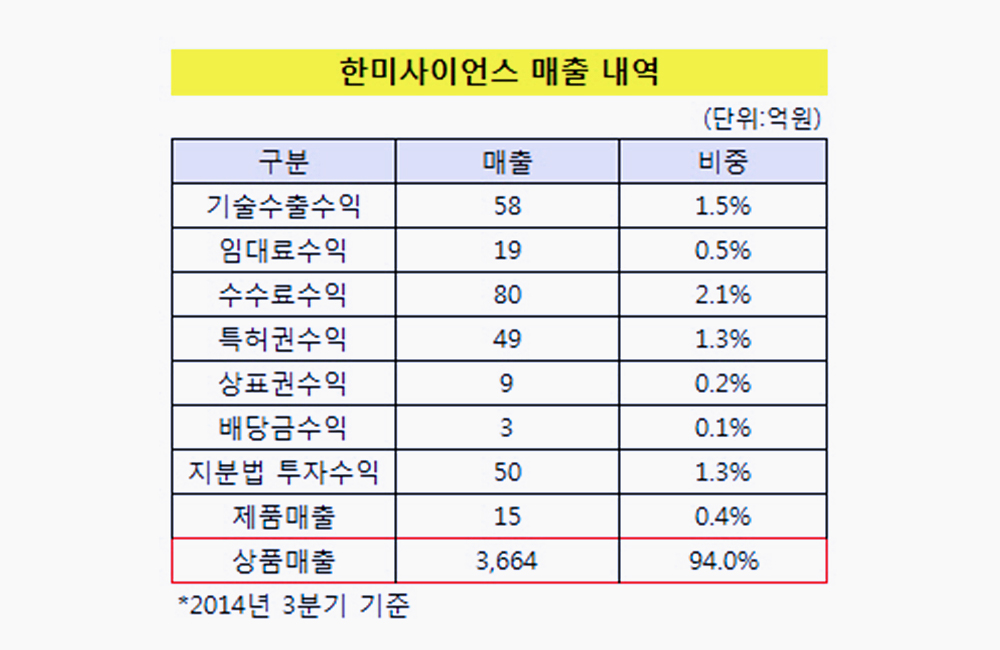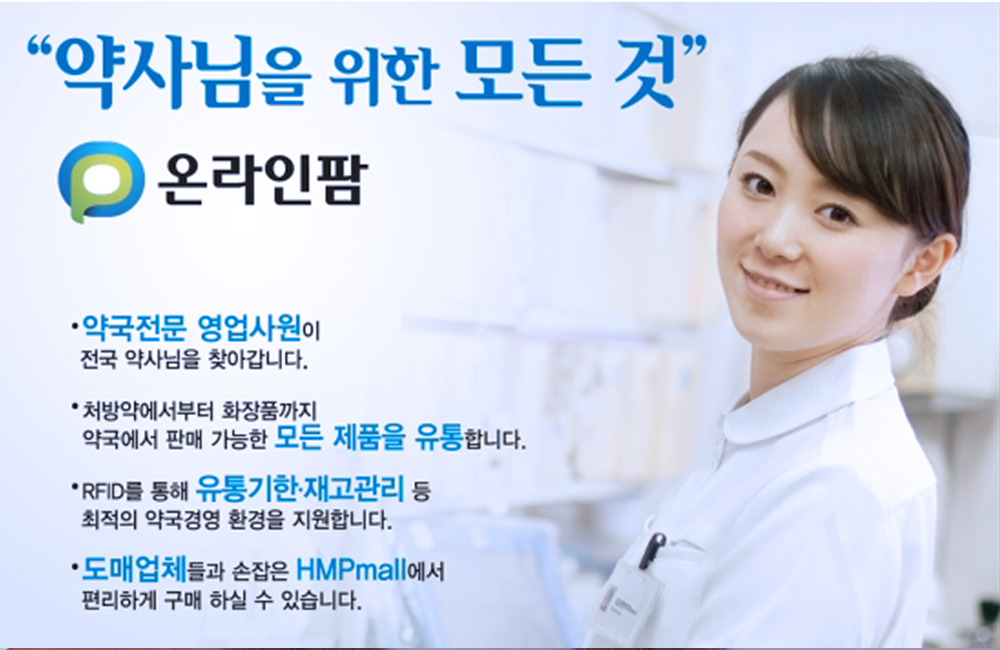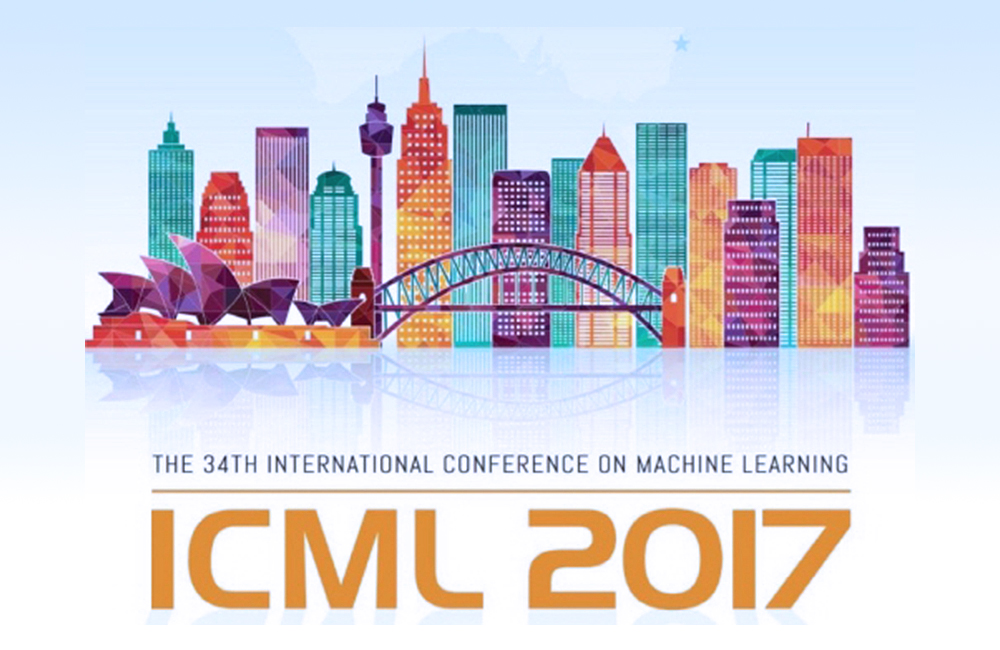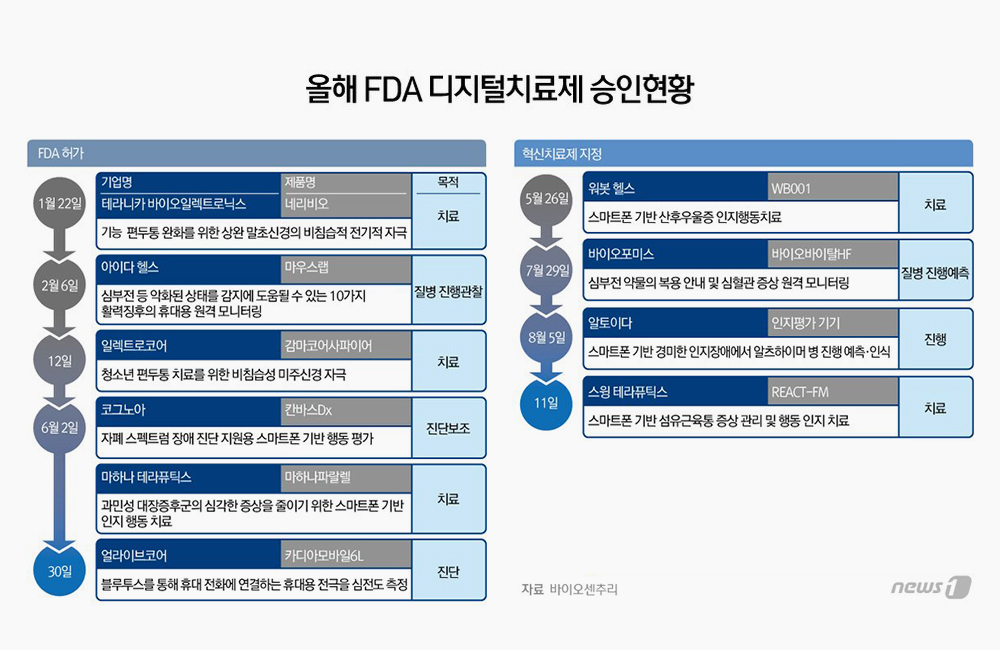The COVID-19 pandemic has put a spotlight
on drug discovery, which encompasses microscopic viewing of molecules and
proteins, sorting through millions of chemical structures, in-silico methods for
screening, protein-ligand interactions, genomic analysis, and assimilating data
from structured and unstructured sources.
The typical drug discovery process takes
about a decade, costs $2bn and suffers a 90% failure rate during clinical
development. But the rise of digital data in healthcare in recent years
presents an opportunity to improve those statistics with AI.
How AI can reduce drug discovery
timelines
Today, we can produce more biomedical data
in about three months than the entire 300-year history of healthcare. This is
now becoming a problem as no human can really synthesise that level of data,
and thus the industry needs to call upon artificial intelligence (AI).
AI is the most powerful technology force of
our time. It is software that writes software that no humans can. Researchers
worldwide are racing to find effective vaccine and drug candidates to inhibit
infection with and replication of SARS-CoV-2, the virus that causes COVID-19.
Graphic Card Units (GPUs) are accelerating
this lengthy discovery process – whether for structure-based drug design,
molecular docking or generative AI models, virtual screening or high-throughput
screening.
To develop an effective drug, researchers
have to know where to start. A disease pathway – a chain of signals between
molecules that trigger different cell functions – may involve thousands of
interacting proteins.
Genomic analyses can provide invaluable
insights for researchers, helping them identify promising proteins to target
with a specific drug.
With genome analysis toolkits, researchers
can sequence and analyse genomes up to 50x faster. Given the unprecedented
spread of the COVID-19 pandemic, getting results in hours versus days can have
an extraordinary impact on understanding the virus and developing treatments.
Hundreds of institutions, including
hospitals, universities and supercomputing centres across the world, are using
this kind of software to accelerate their work – to sequence the viral genome
itself, as well as to sequence the DNA of COVID-19 patients and investigate why
some are more severely affected by the virus than others.
But AI works best when it is
domain-specific, combining data and algorithms tailored to a specific field
like radiology, pathology or patient monitoring.
Application frameworks bridge this gap by
providing researchers and clinicians the tools for GPU-accelerated AI in
medical imaging, genomics, drug discovery and smart hospitals.
Healthcare ecosystem rallies around AI
Accelerated computing spending within
healthcare is growing at a rapid pace, driven by the increasing computational
demand for AI in areas of drug discovery, genomics and imaging.
Amid the COVID-19 pandemic, momentum around
AI for healthcare has accelerated, with start-ups estimated to have raised well
over $5bn in 2020.
We are seeing more healthcare start-ups
than ever harness the power and support of established accelerator programmes
too, with record numbers of AI healthcare papers being submitted showing the
exponential growth over the past decade.
Leading research institutions like the
University of California in San Francisco are also using GPUs to power their
work in cryo-electron microscopy, a technique used to study the structure of
molecules – such as the spike proteins on the COVID-19 virus – and accelerate
drug and vaccine discovery.
And pharmaceutical companies, including
GlaxoSmithKline, and major healthcare systems, like the UK’s National Health
Service (NHS), will harness technologies like the Cambridge-1 supercomputer –
the UK’s fastest AI supercomputer – to solve large-scale problems and improve
patient care, diagnosis and delivery of critical medicines and vaccines.
The clinical community is using federated
learning approaches to build robust AI models across various institutions,
geographies, patient demographics and medical scanners. The sensitivity and
selectivity of these models are outperforming AI models built at a single
institution, even when there is copious data to train with.
As an added bonus, researchers can
collaborate on AI model creation without sharing confidential patient
information. Federated learning is also beneficial for building AI models for
areas where data is scarce, such as for paediatrics and rare diseases.
In the UK, King’s College London and Owkin
are creating a federated learning platform for the NHS. The Owkin Connect
platform enables algorithms to travel from one hospital to another, training on
local data sets.
It provides each hospital with a
blockchain-distributed ledger that captures and traces all data used for model
training.
The project is initially connecting four of
London’s premier teaching hospitals, offering AI services to accelerate work in
areas such as cancer, heart failure and neurodegenerative disease, and will
expand to at least 12 UK hospitals in 2021.
Software-defined instruments link AI
innovation and medical practice
Software-defined instruments, devices that
can be regularly updated to reflect the latest scientific understanding and AI
algorithms, are key to connecting the latest research breakthroughs with the
practice of medicine.
AI, like the practice of medicine, is
constantly learning. We want to learn from the data and we want to learn from
the changing environment.
By making medical instruments software-
defined, tools like smart cameras for patient monitoring or AI-guided
ultrasound systems can not only be developed in the first place, but also
retain their value and improve over time.
UK-based sequencing company Oxford Nanopore
Technologies is a leader in software- defined instruments, deploying a new
generation of DNA sequencing technology across an electronics- based platform.
Its nanopore sequencing devices have been
used in more than 50 countries to sequence and track new variants of the virus
that causes COVID-19, as well as for large-scale genomic analyses to study the
biology of cancer.
The company uses GPUs to power several of
its instruments, from the handheld Point of Care MinION Mk1C device to its
ultra-high throughput PromethION, which can produce more than three human
genomes’ worth of sequence data in a single run.
To power the next generation of PromethION,
Oxford Nanopore is also adopting new technologies to enable its real-time
sequencing technology to pair with rapid and highly accurate genomic analyses.
For years, the company has been using AI to
improve the accuracy of base calling, the process of determining the order of a
molecule’s DNA bases from tiny electrical signals that pass through a nanoscale
hole, or nanopore.
This technology truly touches on the entire
practice of medicine, whether COVID epidemiology or in human genetics and
long-read sequencing.
Through deep learning, the base calling
model is able to reach an overall accuracy of 98.3%, and AI-driven single
nucleotide variant calling gets them to 99.9% accuracy.
The path forward for AI-powered
healthcare
We are also seeing the emergence of
platforms that use intelligent video analytics and automatic speech recognition
technologies to help a new generation of smart hospitals perform vital sign
monitoring while limiting staff exposure.
These application frameworks facilitate a
critically needed ecosystem of AI solutions for hospital public safety and
patient monitoring by transforming everyday sensors into smart sensors.
Critical use cases included automated body temperature
screening, protective masks detection, safe social distancing and remote
patient monitoring.
Partners across the ecosystem are using
pre- trained models and transfer learning to develop and deploy AI applications
that combine speech, vision and natural language processing.
AI-powered breakthroughs like these have
grown in significance amid the pandemic. The tremendous focus of AI on a single
problem in 2020, like COVID-19, really showed that with that focus, we can see
every piece and part that can benefit from artificial intelligence.
What we have discovered over the last 12
months is only going to propel us further in the future. Everything we’ve
learned is applicable for every future drug discovery programme there is.









